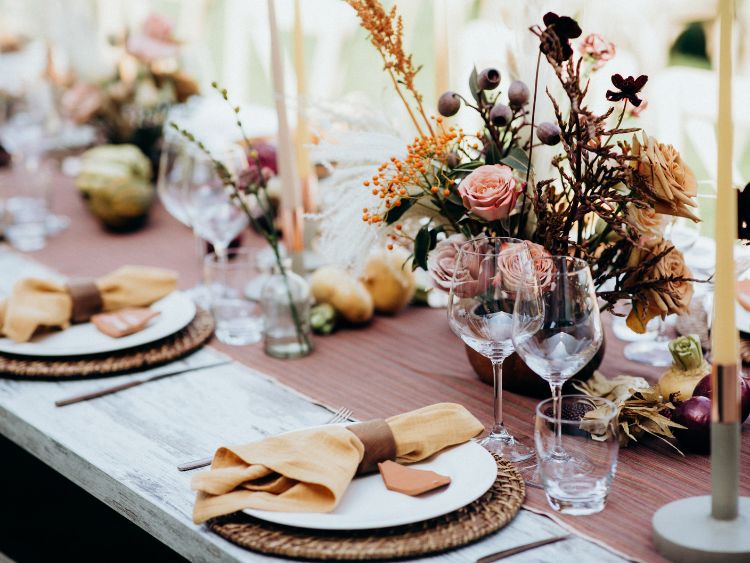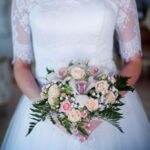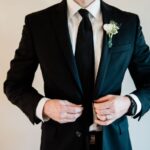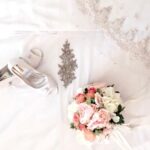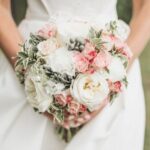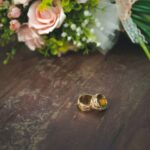The Ultimate Guide to Formal Dress Code: Navigating the World of Professional Attire
When it comes to dressing for success, the formal dress code stands as a gold standard in professional environments. Whether you’re attending a high-stakes business meeting, a formal event, or an interview, understanding and adhering to the formal dress code can make all the difference. But what exactly does this dress code entail? How do you strike the perfect balance between looking polished and staying true to your personal style? In this comprehensive guide, we’ll delve into the intricacies of the formal dress code, offering you tips, tricks, and insights to ensure you always look your best.
What is a Formal Dress Code?
A formal dress code typically refers to the attire that is deemed appropriate for official or high-level events and settings. It’s the kind of clothing that commands respect and exudes professionalism. Think of it as your sartorial armor for occasions where first impressions matter most.
The Essentials of Formal Dress Code for Men
1. The Suit: The cornerstone of any man’s formal wardrobe is the suit. A well-tailored suit in classic colors like black, navy, or charcoal gray is a must-have. Opt for suits made from high-quality fabrics like wool or a wool blend, which offer both comfort and durability.
2. The Dress Shirt: A crisp, white dress shirt is a no-brainer. However, light blue or pastel shades can also work well under a dark suit. Ensure your shirt is well-ironed, and the collar is stiff for a sharp look.
3. The Tie: The tie is where you can inject a bit of personality into your formal attire. Stick to silk ties in solid colors or subtle patterns. Avoid anything too flashy or casual.
4. Footwear: A pair of polished leather shoes is non-negotiable. Oxfords or brogues in black or dark brown are classic choices that pair well with most formal outfits.
5. Accessories: Cufflinks, a pocket square, and a leather belt are small details that can elevate your look. Remember, less is more when it comes to accessorizing in a formal setting.
Formal Dress Code for Women: Elegance Redefined
1. The Power Suit: Just like men, women can also benefit from a well-fitted suit. A tailored pantsuit or a skirt suit in neutral colors is a powerful statement of professionalism. Pair it with a silk blouse for a refined look.
2. The Classic Dress: A knee-length dress in a solid color is a versatile option for formal occasions. Avoid overly trendy styles and stick to classic silhouettes like the sheath or A-line.
3. Footwear: Closed-toe heels in neutral shades are the go-to option for formal attire. Ensure your shoes are clean and polished, with a heel height that allows you to walk comfortably.
4. Accessories: Keep jewelry minimal and elegant. A pair of stud earrings, a simple necklace, and a structured handbag can complete your formal look without overwhelming it.
5. Hair and Makeup: Opt for a polished hairstyle, such as a bun or a sleek ponytail. Makeup should be understated, with a focus on a flawless complexion and a neutral lip color.
Navigating Formal Events: What to Wear and When
1. Black-Tie Events: For men, a black-tie event calls for a tuxedo, a white dress shirt, a black bow tie, and patent leather shoes. Women should opt for a floor-length evening gown, though a chic cocktail dress can also be appropriate depending on the event’s level of formality.
2. Business Formal: This dress code is common in corporate environments, particularly for important meetings or presentations. Men should wear a dark suit with a conservative tie, while women should choose a tailored suit or a sophisticated dress.
3. Cocktail Attire: While slightly less formal than black-tie, cocktail attire still demands a polished look. Men can opt for a dark suit and tie, while women might choose a knee-length dress with elegant accessories.
4. White-Tie Events: The most formal of all dress codes, white-tie events require men to wear a tailcoat, white vest, and white bow tie. Women should choose a full-length ball gown with gloves and formal jewelry.
Breaking Down the Myths: Common Misconceptions About Formal Dress Code
1. “Formal means uncomfortable.” Many people associate formal attire with discomfort, but this doesn’t have to be the case. The key is to invest in well-made pieces that fit properly. Tailoring can make a world of difference in how your clothing feels and looks.
2. “You can’t be stylish and formal.” Who says formal has to be boring? By carefully choosing accessories and paying attention to fit and fabric, you can create a formal look that’s both stylish and appropriate.
3. “Formal dress code is outdated.” While the casual trend has made its way into many workplaces, formal dress codes are far from obsolete. They remain crucial in industries where professionalism and first impressions are paramount.
Tips for Maintaining Your Formal Attire
1. Regular Cleaning: Dry clean your suits and dresses regularly to maintain their appearance and longevity. However, avoid over-cleaning, as this can wear out the fabric.
2. Proper Storage: Store your formal wear in a cool, dry place, preferably in garment bags to protect them from dust and moths.
3. Invest in Quality: When it comes to formal attire, quality over quantity is the way to go. Invest in a few key pieces that will stand the test of time rather than a wardrobe full of lower-quality items.
4. Tailoring: Even the most expensive suit or dress can look shabby if it doesn’t fit properly. Find a good tailor and make sure all your formal clothes are fitted to your body.
Frequently Asked Questions About Formal Dress Code
Q1: Can I wear a colored suit to a formal event? Absolutely! While black, navy, and gray are the most traditional choices, a dark green or burgundy suit can also be appropriate for certain formal events. Just ensure the color is subdued and the rest of your outfit remains classic.
Q2: Is it acceptable to wear flats with a formal dress? Yes, it is. If you’re not comfortable in heels, opt for elegant flats that complement your dress. Just make sure they’re dressy enough for the occasion.
Q3: How can I add personality to my formal attire? Accessories are your best friend here. A unique tie, cufflinks, or a statement necklace can add a touch of your personal style to a formal outfit without compromising on appropriateness.
Q4: What’s the difference between business formal and business casual? Business formal requires a full suit and tie for men and a suit or conservative dress for women. Business casual, on the other hand, allows for more relaxed clothing like khakis, blouses, and less formal footwear.
Q5: Do I always need to wear a tie for a formal dress code? For men, a tie is usually expected in formal settings. However, if the event is slightly less formal, you might get away with a tie-less look, provided the rest of your outfit is impeccably styled.
Summary: Dressing for Success with Confidence
The formal dress code is more than just a set of clothing guidelines; it’s a reflection of your professionalism and attention to detail. By understanding the nuances of this dress code and choosing your attire wisely, you can navigate any formal event or setting with confidence. Whether you’re suiting up for a business meeting, attending a black-tie event, or simply aiming to present your best self, adhering to the formal dress code ensures you make a lasting impression.
Authoritative Links for Further Reading:
- https://www.gentlemansgazette.com/dress-code-guide-men/
- https://www.vogue.com/article/what-is-formal-attire-dress-code
- https://www.forbes.com/sites/forbeshumanresourcescouncil/2022/07/15/modern-formal-dress-codes/
This article has armed you with the knowledge and tips needed to master the formal dress code. So go ahead—dress to impress and let your attire speak volumes about your professionalism and style.

